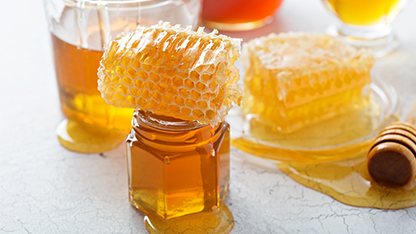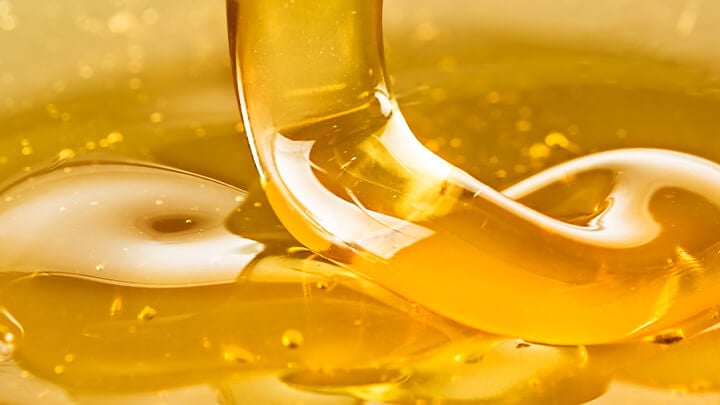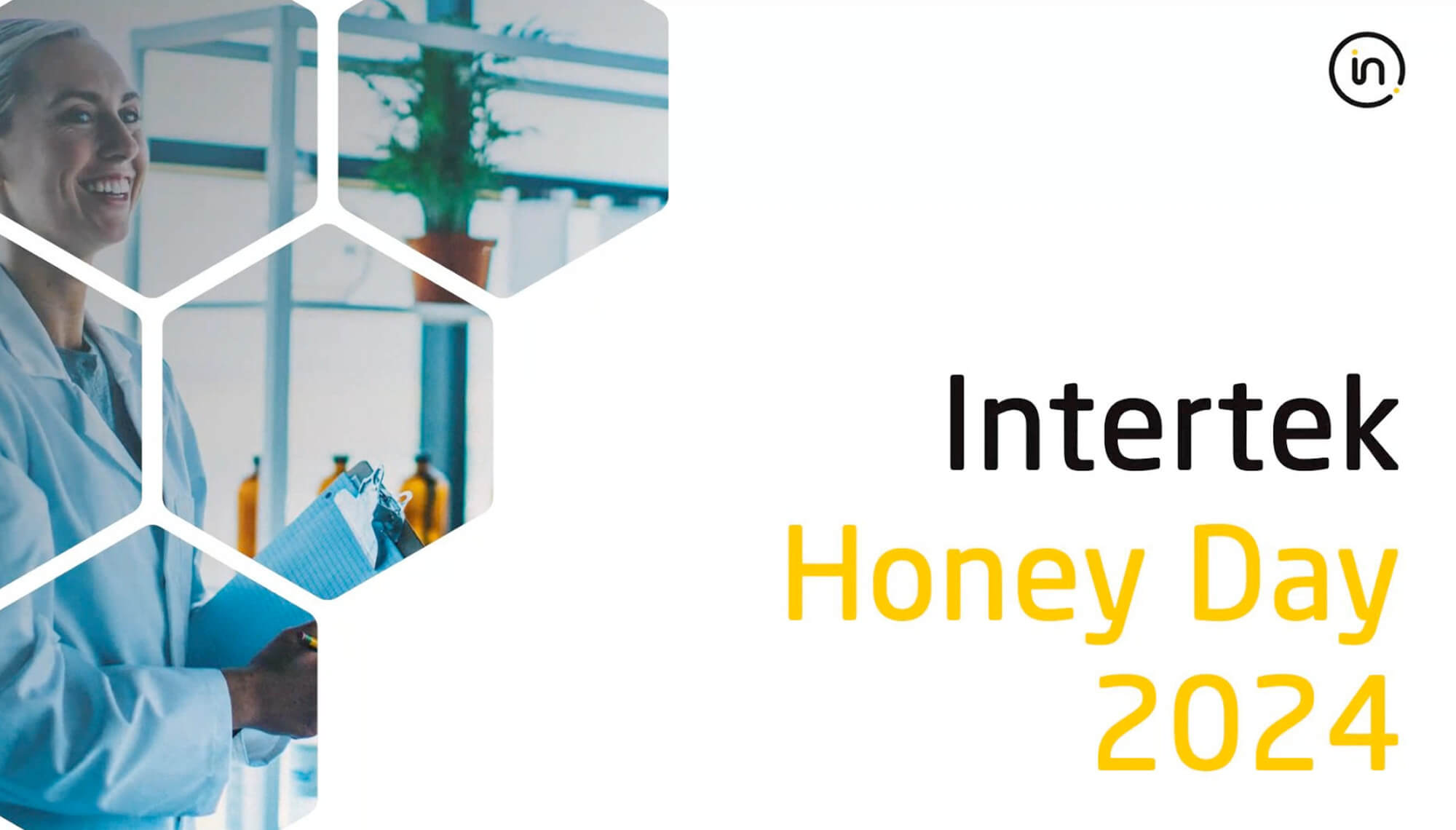Honey adulteration analysis is an important factor in the verification of product authenticity
Intertek understands that identifying the authenticity of honey is an increasing challenge for the food industry as it is one of the most adulterated foods around the world.
The legal regulations for honey are very stringent in the EU and although the related Codex Alimentarius Standard of Honey is recognised worldwide, individual national regulations and controls vary and are not as yet harmonised. This leads to different quality levels, consumer expectations and legal opinions regarding the marketability of honey.
Intertek is one of the world-leading experts in the analysis of honey and provides a comprehensive range of analysis methods for honey authenticity testing.
Intertek uses NMR (Nuclear Magnetic Resonance) profiling which is a new rapid screening technique to test for both known and unknown adulterations, as well as unauthorised honey processing and other manipulations.
Screening for C4 sugars in honey
Intertek provides two effective techniques for the reliable determination of honey adulterated with C4 sugars including corn syrups, sugar cane syrups and agave syrup.
Screening for C4 and C3 sugars in honey
Intertek screens for honey adulterated with C4 and C3 sugars including rice, wheat, or beet syrup, using a specific high-performance liquid chromatography technique.
Testing for starch-based sugars in honey
Intertek experts use the ultra-sensitive liquid chromatography evaporate light scattering method (LC-ELSD) to detect the foreign oligosaccharides that can be found in starch-based sugar syrups such as corn, wheat, rice and dextrin.
Testing for specific and trace-markers for rice syrup
Intertek uses two methods for the detection of rice syrup in honey, which together are powerful tools in the identification of its authenticity.
Testing for the unauthorized addition of caramel colouring
The specialists at Intertek use the detection of caramel colouring in honey to identify an adjustment of honey colour following the addition of clear sugar syrups or ultra-filtered honey.
Testing for invert sugar from sucrose
The enzyme beta-fructofuranosidase does not occur naturally in honey and is used for the inversion of sucrose into fructose or glucose syrup. Intertek uses a specific method to detect its activity in honey.
Testing for beta/gamma amylases
Beta and gamma amylases do not occur naturally in honey but may occur in enzymatically produced invert sugar syrups from starch (for example, wheat, corn or rice), or they may be added directly to honey to imitate natural diastase activity.
Testing for the unauthorized use of heat-stable thermoresistant alpha-amylase
Intertek analyses the activity of this honey-foreign enzyme, which is used to produce invert sugar syrups produced from starch, or added directly to honey, to identify its authenticity.
Testing for alpha-amylase profiling
Experts at Intertek use a specific technique to distinguish between authentic honey alpha-amylase and foreign alpha-amylases.
Testing for mannose
Mannose is a trace sugar which occurs in higher levels if honey is adulterated with certain types of sugar syrup. Our honey specialists use the latest methods to quantify the mannose level in honey in order to identify whether or not it has been adulterated.
Latest News

03 Jun 2024
Are you ready for the updated EU Breakfast Directives?
Understanding the upcoming requirements for honey, jam, fruit juices, and dried milk sold in the European Union.
18 Aug 2023
World Honeybee Day: Raising Awareness about the Importance of Honeybees
Understanding the significance of honeybees in ecosystems, their role in the maintenance of global food security, and current risks to their populations
27 Jun 2023
Five key takeaways from the EU ‘From the Hives’ report
An expert view from an Intertek honey authenticity scientist



